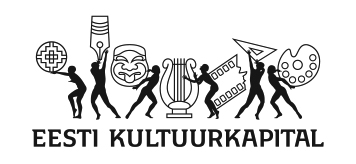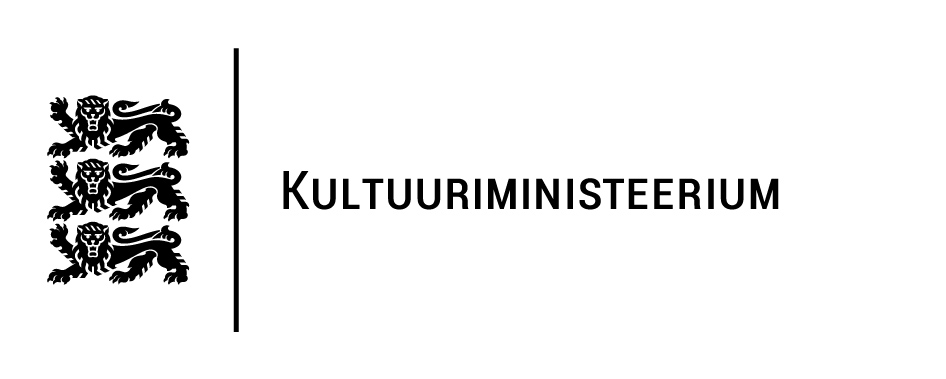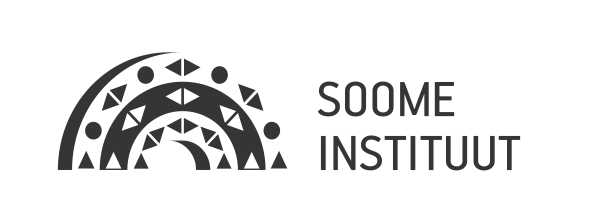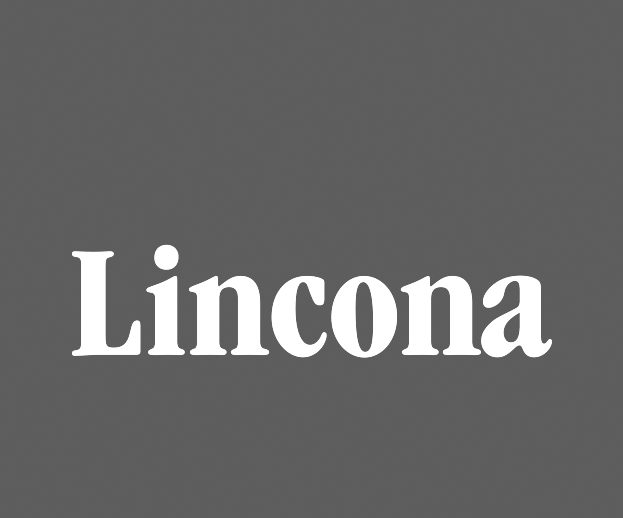They Began to Talk
They Began to Talk is an international group exhibition, which takes the intertwinement of the body and the environment as its point of departure, in an era marked by rapid environmental change and inequality. Sudden changes in the physical environment, often caused by human activity, can evoke mental suffering in land-based communities. Stored in the body, this trauma is passed on to future generations, who perceive it as an interruption in their relationship with their surroundings. The exhibition brings together the practices of artists working in this region with those from indigenous communities in the Nordic countries, exploring the possibility of recovering and cultivating a sense of connection.
They Began to Talk continues the Kumu Contemporary Art Gallery’s programme of exhibitions on environmental themes, which began in 2023 with Art in the Age of the Anthropocene.
Gallery
The curators about the exhibition:
Winter turned into spring as we were composing the exhibition for the Kumu Art Museum, contemplating a theme that felt topical but difficult to put into words. Our focus was on the ways in which experiences and knowledge migrate across generations. How can we remember, as the current generation, when what has been passed on to us is silence? Museums tend to favour presentations founded on clearly defined boundaries, categories and recorded knowledge. We, on the other hand, traversed borders and peripheries, chasing echoes.
The central theme of the exhibition is, precisely, to convey the silent voice that lingers in the aftermath of displacement. We may call it the speech of the body. Displacement, the condition of being torn out of a context, can be caused by emigration. It can also be caused by a sudden change in the environment in which one dwells, the sort of change that pulls one’s story, like a thread, out of the fabric of a place which no longer reflects one’s belonging. /…/ Drawing on contemporary cognitive science and neuroscience, we can also speak of the interconnectedness between the brain, the body and the world: environments affect not only human well-being but also the capacity to think, feel and act. /…/
Hanna Laura Kaljo, excerpts from the essay Intertwined in the exhibition catalogue.
Environmental trauma, or body-land trauma, thus goes beyond a one-off event in the past: it can become a centuries-long process, manifested in the silence that prevails over entire communities, and in their inability to face the challenges of the present moment. The trauma that surfaces through repetition prompts a search to understand what our pain-ridden bodies might speak of. /…/
The exhibition They Began to Talk invites us to reflect on environmental changes resulting from human activity through the lens of colonial history and its lasting impact. The exhibition forms a speech which ends a deafening silence by giving voice to the more-than-human world: the forms and ways of life that have survived the colonial catastrophe. So the journey begins to decolonise the Anthropocene, to speak out for multiplicity, diversity and transformation. /…/
Ann Mirjam Vaikla, excerpts from the essay Beyond the Death-Driven Imaginary in the exhibition catalogue.
Artworks
Gallery
Public programme
Like the exhibition, the public programme explores how art can foster conversations and connection with the environment. Focusing on embodied experience, several dance and visual artists will guide the audience in exploring the role of somatic perception and the imagination in this process.
-
-he opening programme: exhibition tours with curators and participating artists John Grzinich, Ruth Maclennan, and Sasha Tishkov; John Grzinich’s experimental participatory performance AudioSwarm: Georactions; a panel discussion between the curators of the exhibition, the Finnish sociologist Outi Autti and the British artist Ruth Maclennan.
-
From March to May: ecosomatic tours led by Joanna Kalm in the Kumu Art Museum, focusing on the physical sensation of the environment around us.
-
March and April: Dance performance Choreographies of Hugging: Variation (2024) by Eline Selgis (Estonia) and Sofia Filippou (Greece).
-
April: Mia Tamme’s performative retelling workshop, inviting participants to explore and create real and fictional histories of the fishing nets on display.
-
May: Open lecture by Macarena Gómez-Barris, researcher at Brown University (USA) and the author of the book The Extractive Zone (in collaboration with the Institute of Art History and Visual Culture at the Estonian Academy of Arts).
Team
Curators: Ann Mirjam Vaikla and Hanna Laura Kaljo
Exhibition design: Kaarel Eelma
Graphic design: Tuuli Aule
Technical manager: Siim Hiis
Technical support: Mati Schönberg
Coordinator: Anastassia Langinen





Press coverage
-
Orit Gat: ‘They Began to Talk’ Reshapes Our Relationship to the Environment. Frieze. 27.03.2025https://www.frieze.com/article/they-began-to-talk-2025-review
-
Everything that surrounds us has a voice – exhibition report from the KUMU Art Museum in Tallinn. Daily Lazy. 29.03.2025https://daily-lazy.com/2025/03/dl-review-everything-that-surrounds-us-has-a-voice-exhibition-report-from-the-kumu-art-museum-in-tallinn.html
-
Kalaaleq-Danish artist Pia Arke: the speech of body and land. A Shade Colder. December 2024https://www.ashadecolder.com/kalaaleq-danish-artist-pia-arke-the-speech-of-body-and-land
-
Exhibition They Began to Talk opens at the Kumu Art Museum. e-flux. 05.02.25https://www.e-flux.com/announcements/647315/they-began-to-talk/
-
Kumu’s exhibition 'They Began to Talk' explores the connection between the body and the environment. Echo Gone Wrong. 05.02.25https://echogonewrong.com/kumus-exhibition-they-began-to-talk-explores-the-connection-between-the-body-and-the-environment/
-
Photo reportage from the exhibition 'They Began to Talk' at the Kumu Art Museum. Echo Gone Wrong. 14.02.25https://echogonewrong.com/photo-reportage-from-the-exhibition-they-began-to-talk-at-the-kumu-art-museum/
-
A sense of connection between body and land. Arterritory.com. 21.02.2025https://arterritory.com/en/visual_arts/on_site/27435-a_sense_of_connection_between_body_and_land/
-
“They Began to Talk” at Kumu Art Museum, Estonia. Mousse Magazine. 07.04.2025https://www.moussemagazine.it/magazine/they-began-to-talk-kumu-art-museum-estonia-2025/
-
Elizabeth Fullerton: Letter from Tallinn. Art Monthly. May 2025https://ekmkumu-my.sharepoint.com/:b:/g/personal/muuseum_ekm_ee/EQdSNgWdd65KnUuTrk9y_LwBz9rB6lYdpID2NT6KhGQTXA?e=16PoXy


















